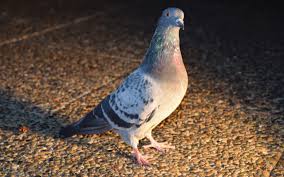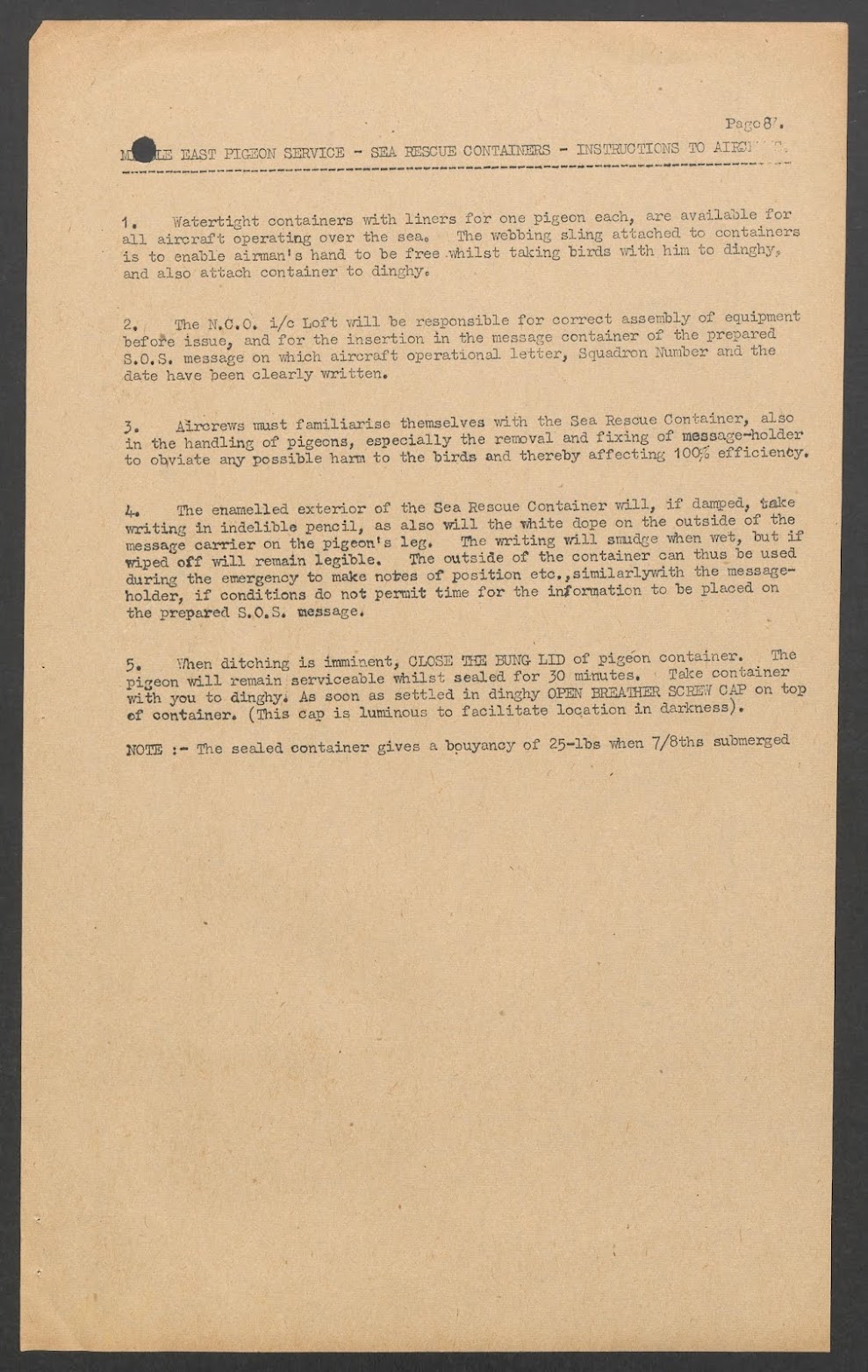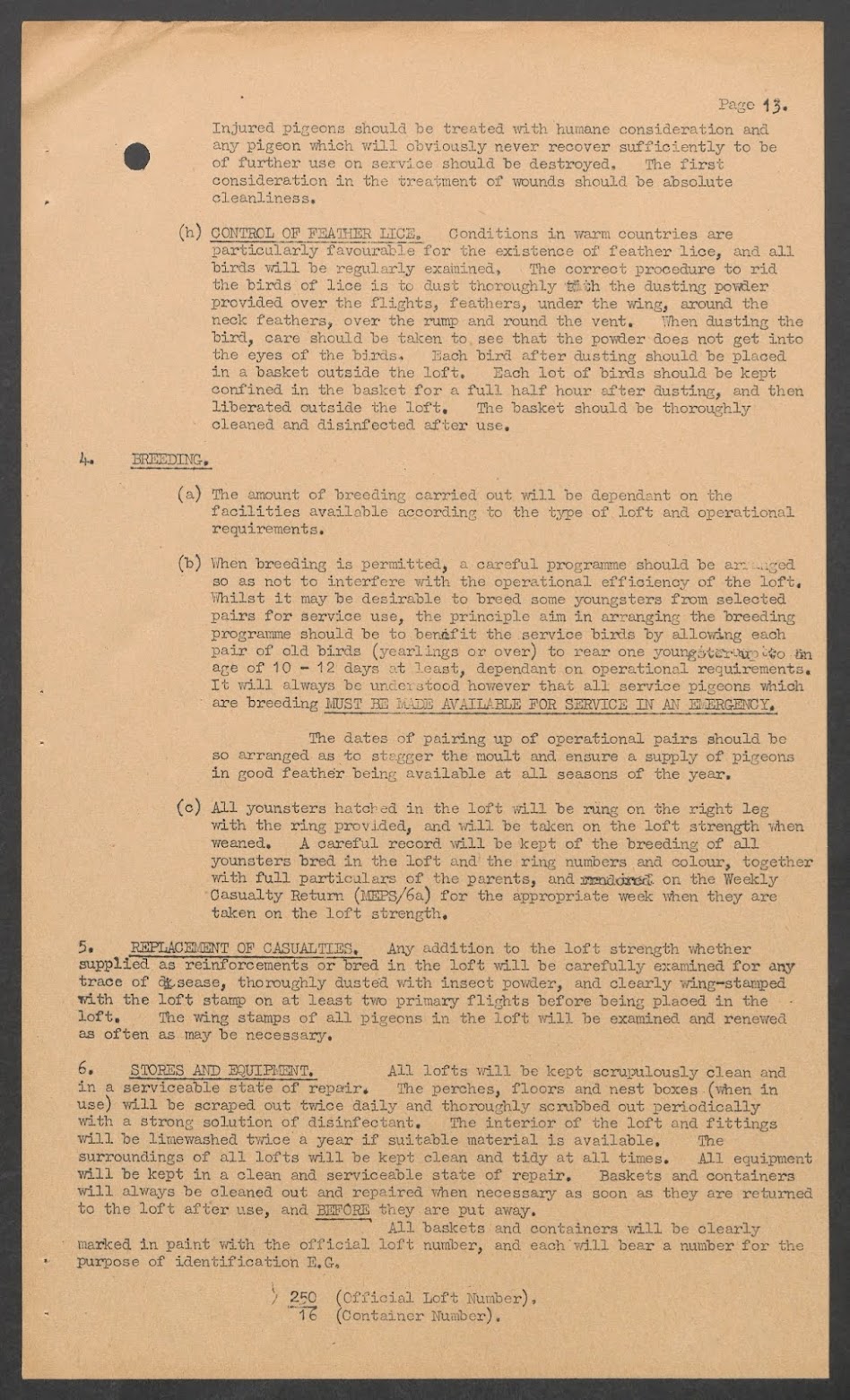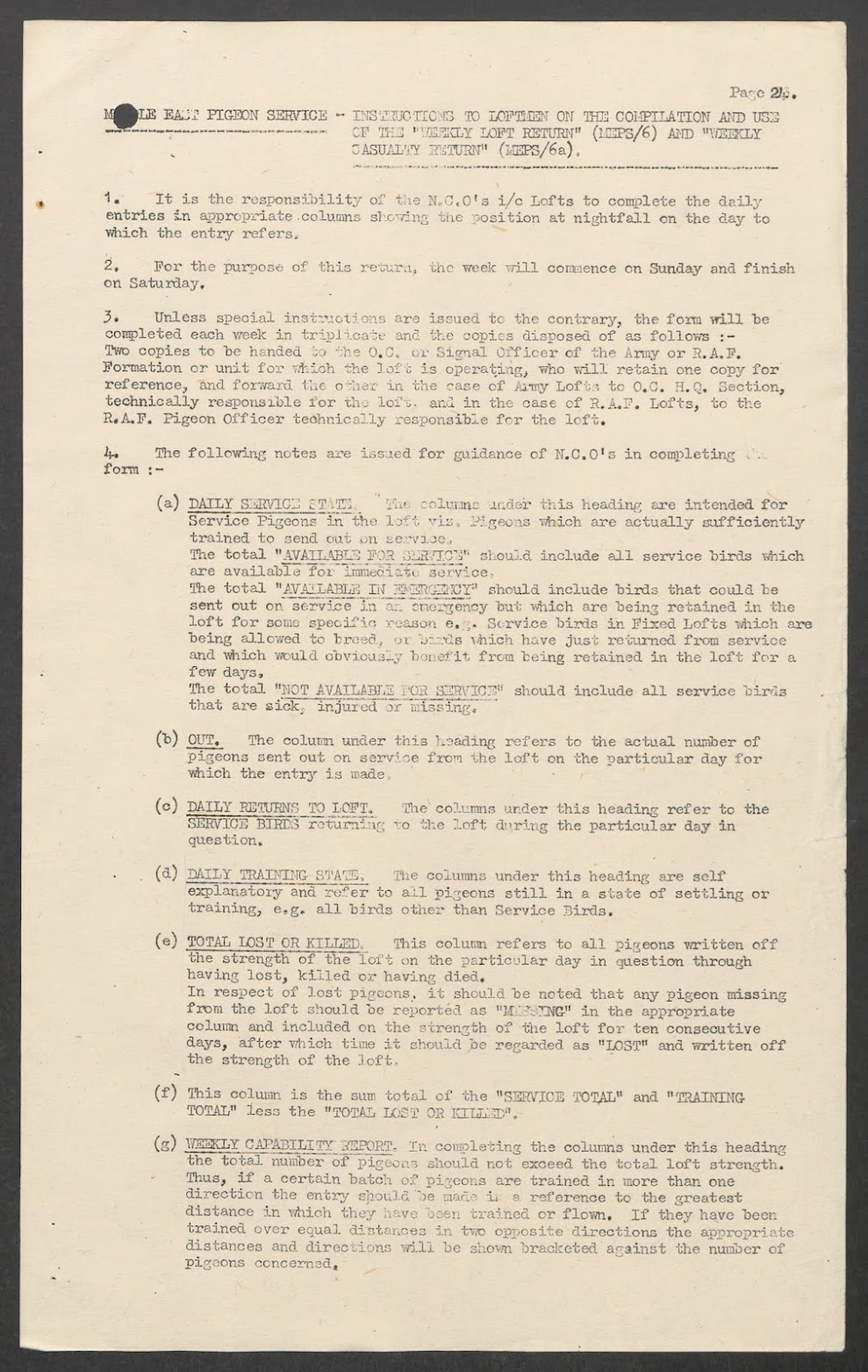On August 26, a ring neck dove died. It may have been my fault. I was walking through a parking lot. A large flock of doves and pigeons flew up suddenly when they were startled by a loud crashing sound from the car body shop nearby. She must have been forced into hitting one of the branches of the tree. I was hopeful she might make it, because although she wasn’t flying, she could walk and scratch her head with both of her legs. In this desert heat in southern Arizona, everyone needs water. I went to get a small dish and some water for her. When I came back, the doves flew up. I couldn’t see her anywhere on the ground but then I heard a horrible thump. She landed on the ground a few feet away. Now her neck was almost completely broken and she couldn’t walk. Before she fell again, did she just have a very bad contusion? Could she have recovered before thirst wore her out? I don’t know. I regret going back. I’m so sorry, dove.
Sunday, August 30
The area where the dove was hurt is a place I go through almost every day. On Friday I realized it might have been worse for the dove than I thought on Wednesday.
I looked everywhere around the edge of the parking lot, in the landscaped areas. No dove. If a feral cat had eaten her, he would have left a pile of feathers. There’s a leash law here. A dog couldn’t have taken her. How did she disappear without a trace, not even one feather? Because I was still wondering how a bird with her injuries could get high enough up n the air to land with such a loud thump, it occurred to me that a hawk probably took her.
This beautiful dove with her perfectly clean, silky, almost white feathers and her peaceful black eyes had this happen to her: first she was knocked onto her back by the other birds. I put her on her feet. She hid behind a bush. A randy male dove chased her out into the open. She walked with her back hunched up and her wings stuck out at an awkward angle to behind another bush. Twice now, a hawk could have seen that she was hurt. There is an apartment complex next to the parking lot. Trees with thick foliage surround the buildings. This is only about 80 yards away. Plenty of hawks have come swooping out of there and tried to catch a pigeon or a dove in that parking lot. After I left to get a bowl and some water, one probably flew in and chased her back and forth from side to side behind the bush until she was exhausted. He picked her up and perched either on the tree nearby or way up on the communications tower, which is about 200 feet high. When I came back and was looking for her near that tree, the hawk must have dropped her from the tree or the tower. She hit the ground so hard I heard it and felt it in my feet. I put the water next to her and walked to my car. For some reason, three pigeons flew over and stood directly in front of me, blocking my way. What were they trying to tell me? I said to them, “I’m sorry birds, there’s nothing I can do for the dove.” I left. The hawk came back and took her.
You may be wondering why I didn’t take her to the wildlife center when she was first hurt. After taking birds there twice, I can’t do it anymore. They give the needle so quickly to the birds. They say, “There was nothing we could do.” How hard do they try? It’s impossible to know, because they refuse to reveal outcomes. The only reason I was told about the two birds I brought in who had the canker getting the needle is because I donated $1000. How can they refuse to be accountable? Plus, they put the bird into this shitty little plastic box with a plastic cover that is four inches high and seven inches long. You can buy these at office supply stores. They drill a hole in the top for air. They defend this by saying the bird must be immobilized. No. A hurt bird understands to keep still. It’s too traumatizing to stuff them into those boxes, look over them, and then kill them. I decided after the second time, that nature is smarter than me. From that time on I resolved to leave a hurt bird with his or her friends and family. They shouldn’t die instantly and alone because someone decided nothing could be done. Still, I don’t feel well about that decision. Should a bird be brought into that situation at the shelter? Should a bird stay in the wild?
If a hawk dropped the dove she fell through hundreds of feet air, air that she had flown through with skill and joy just an hour before. She looked so terribly sad to be on the ground. I will never forget her sadness.
You will never be forgotten.
On August 17 in 1942, the Makin Raid took place. You can hear veterans of the raid tell their stories in “Shootout, World War II The Pacific” S 1 Ep 7 History.
For a candid discussion about the danger and frustration tankers experienced in Sherman tanks before the Sherman was outfitted with the 76 mm gun which had a higher muzzle velocity, check out “Dangerous Missions Tank Crews” S 1 Ep 1 History.
“From the nucleus of 1419 Flight, 138 (Special Duties) Squadron was formed at Newmarket on the 25th of August, 1941, under the Command of Wing Commander Knowles, D.F.C. The Squadron Badge was symbolic. It consisted of a sword severing a knotted rope and the simple motto read ‘For Freedom.’”
That passage comes from Moon Squadron by Jerrard Tickell, published in 1958. 138 (Special Duties) Squadron flew people who were in danger out of France. They flew into France with SOE agents, pigeons, arms and stores. These flights showed the French that they no longer stood alone against the Nazis. The people who were armed and trained by SOE contributed in many significant ways to the success of the D-Day landings and the subsequent acquisition of territory by the Allies.
(c) Crown copyright images reproduced by courtesy of The National Archives, Kew, UK
Catalog numbers:
AIR23/993 #4, #5, #8, #9, #10,
#11, #12, #13, #14, #15, #16, #17, #18,
#19,
#20, #21, #22, #23, #24, #25, #26, #27


























